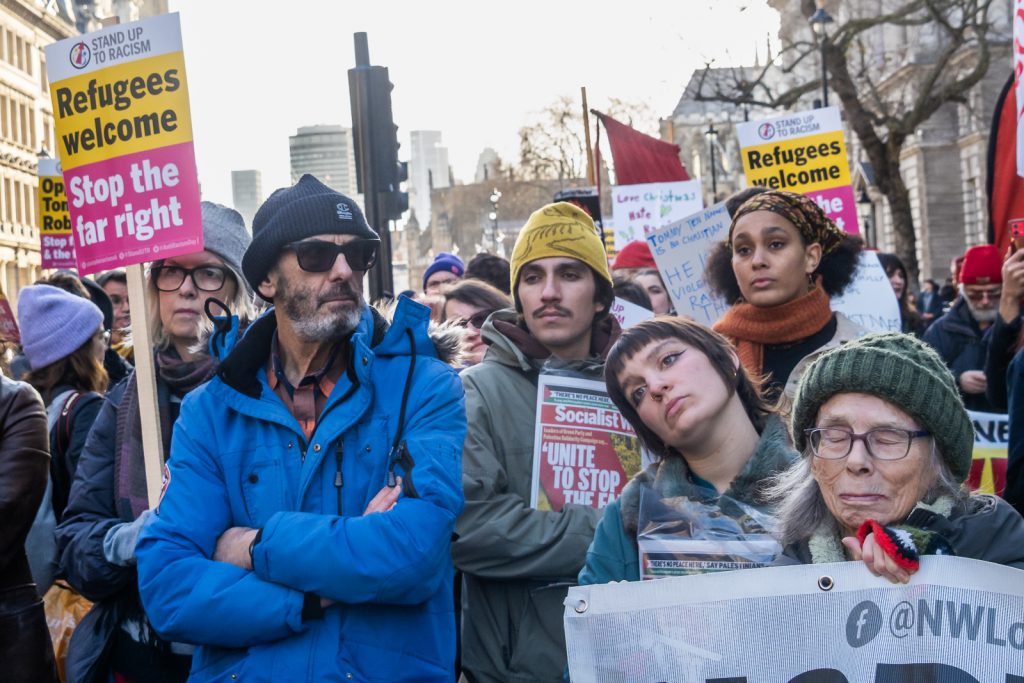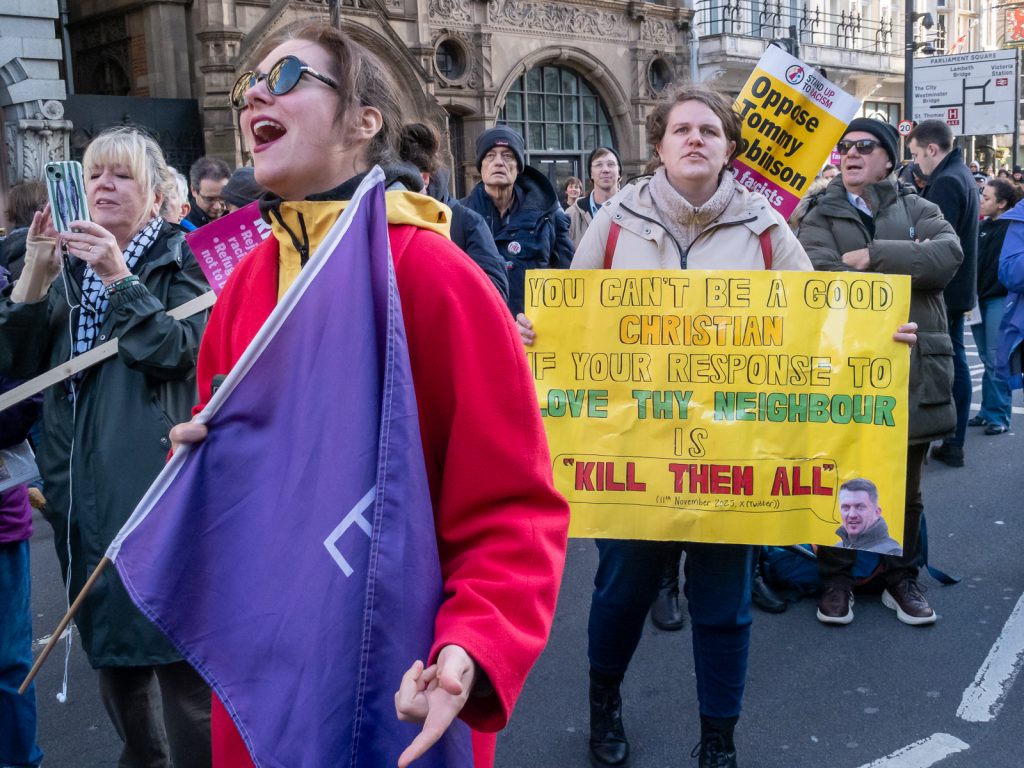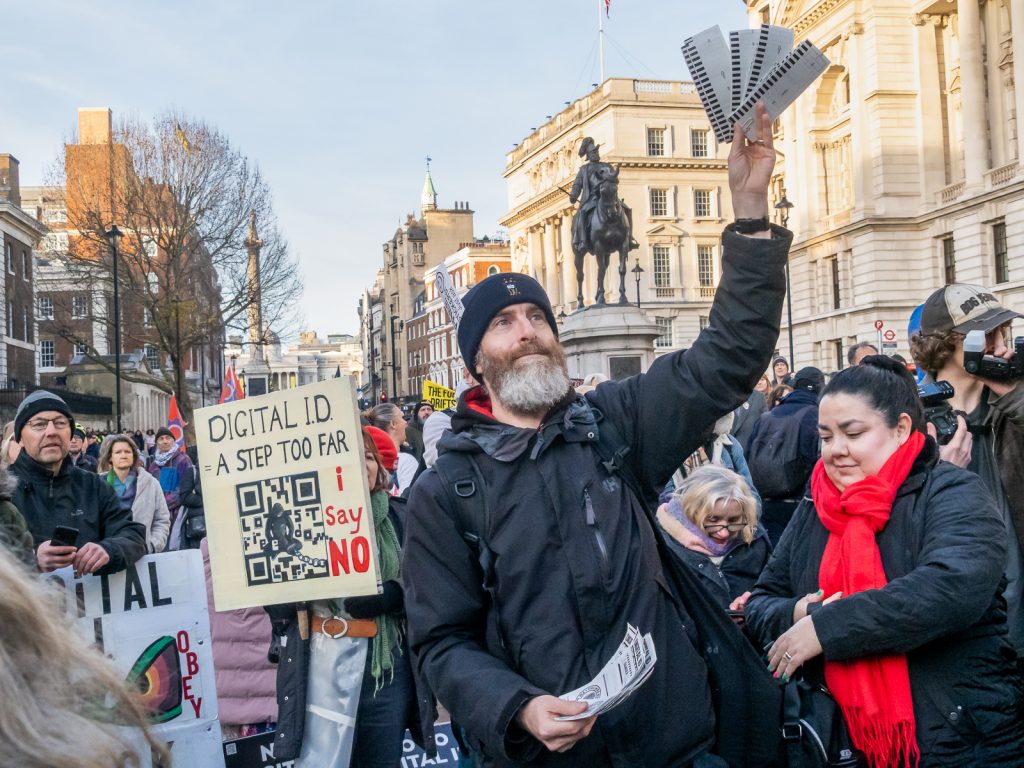12 Days of Christmas -some of my favourite pictures from those I made in December 2025.
Various minor problems prevented me from working much in December and with other committments all these pictures are from a single day, 13th December.







So this is the end of a little look at my photographs from 2025. If I went though them again I would quite likely come up with many difference choices. I’ve made this selection entirely from the events I’ve covered to submit work to an agency and there are also some interesting images from outings with friends and family.
All of those featured were made with either Fuji-X or an Olympus OM-D E-M5 Mark III camera. I like the Fuji-X system, but every now and then get frustrated with the cameras which seem to develop random faults. Mostly this year I’ve gone back to using the Fujifilm X-T1 rather than the XT-30, usually with the Fuji 12-24mm. If I need anything wider I do have a fisheye in my bag, but it’s become a little tricky to de-fish images since Fisheye-Hemi went out of business and their plugin no longer works.
You can still do the job – converting from a circular perspective to a Panini (Vedutismo) one – and its even possible but rather tricky event in Photograph, but it lacks the one-click simplicity of the old plugin.
24mm on the Fuji is equivalent to 36mm on full-frame. The reason for carrying the Olympus is the 14-150mm Olympus lens – equvalent to a 28-300 on full frame. It’s a remarkably small and light lens for its specifications and while not wide aperture (f4.6-5) it’s good enough when you can work digitally at higher ISO.
I seldom use very long lenses but hen I first got this lens I was about to go on a job where I knew I neede at least a 300mm. I tested this against a Nikkor lens more than twices a big and probably three times as heavy – and would give me 450mm in DX mode. Rather to my surprise it gave sharper and more detailed results than the Nikkor, and since then as been my choice for longer focal lengths.
The Olympus OM-D E-M5 Mark III camera is also perhaps the best camera I’ve ever used. It came out in 2019 and I bought it to replace the very similar Mark II which had suffered an unfortunate impact with a pavement putting it beyond economic repair. I was going to buy a secondhand version, but found a grey import cheaper than the local secondhand price. They are still sold secondhad for only a little less than I paid.
It’s also my holiday camera – with a few other lenses to go with it, depending on exactly how light I want to travel.
Flickr – Facebook – My London Diary – Hull Photos – Lea Valley – Paris
London’s Industrial Heritage – London Photos
All photographs on this page are copyright © Peter Marshall.
Contact me to buy prints or licence to reproduce.